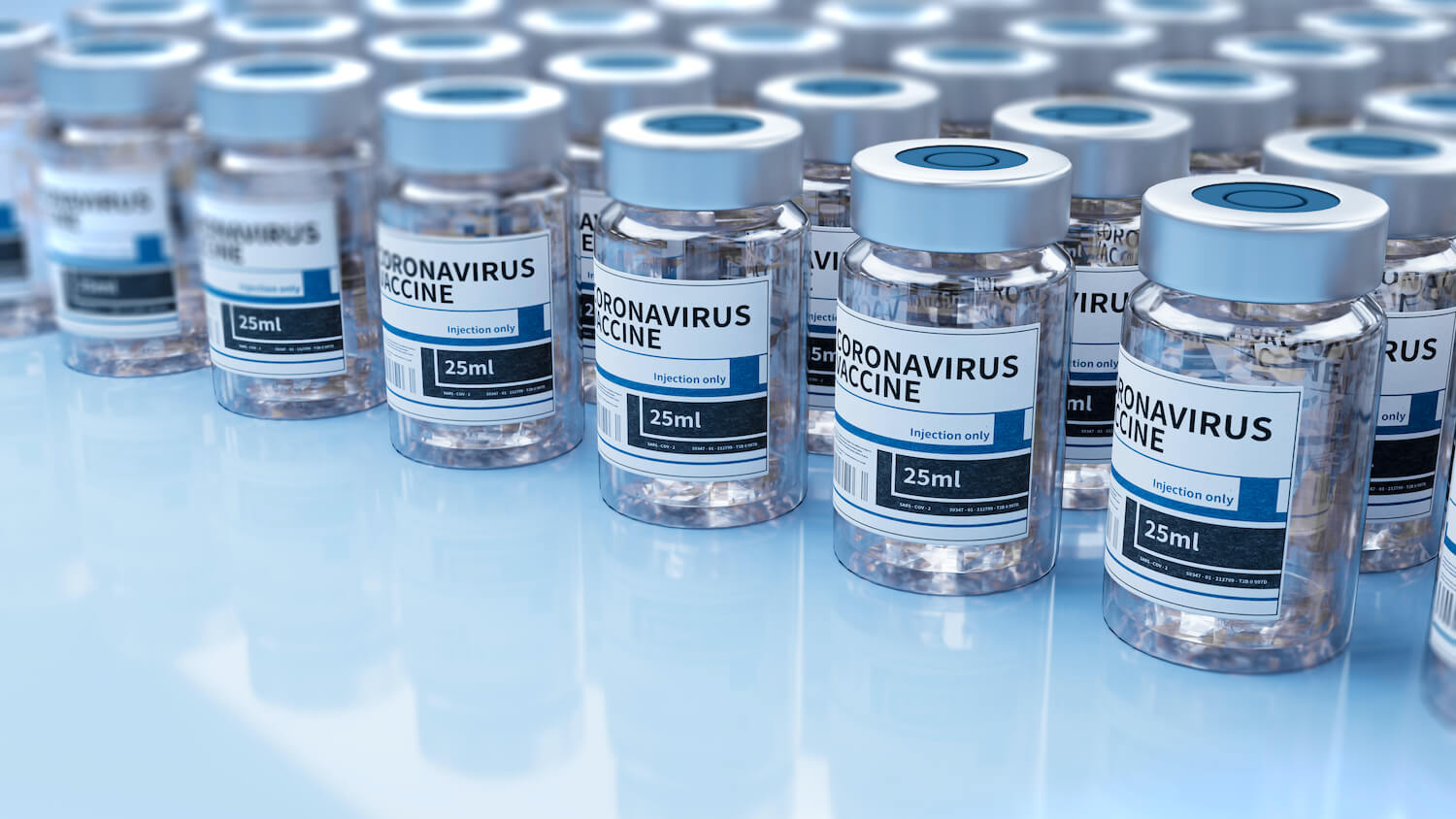Cold supply chain networks are the storage and transport backbone of the pharmaceutical industry, which is highly sensitive to temperature and timeline regulations. As of 2021, India catered to over 50% of the global demand for vaccines, 40% of generic drugs demand in the USA, and 25% of all medicines in the UK! Additionally, the national cold chain sector is expected to grow at over 20% CAGR by 2025, as per a recent report by JLL. However, in spite of the encouraging numbers, there continue to remain a series of operational hurdles, including those of cold supply chain infrastructure for the pharmaceutical sector, that have been impacting the rate of growth. These include challenges like unorganised service providers, ill-equipped cold storage facilities, lack of trained labour, slow pace of digital adoption, inadequate last mile cold chain infrastructure and lack of integrated supply chains, among other things.
However, with a strategic approach towards optimising cold supply chains through tech adoption, it is possible to not only iron out the inefficiencies but to also work towards building a robust network that is well equipped to function in a fast-paced growth environment while adding value. Listed here are 4 crucial areas where tech adoption can help overcome these challenges and rise up to meet the demands of these trying times:
- Unbroken Supply chain: Leveraging big data, predictive analysis, and AI for planning of shipments and forecasting demand, can play a vital role in optimising cold supply chain for pharma sector. From consolidation of shipments based on route optimisation, one can ensure that the temperature controlled and time sensitive vaccines and medicines can be dispatched through the fastest and most cost-effective route, thus creating an effective unbroken cold chain while optimising the process and adding value.
- Smart Storage: While tech adoption in warehouses for cold storage has been of vital significance in the case of medical supply chains, designing and integrating these with the existing WMS software can go a long way in ensuring real time temperature monitoring and control. A tech enabled automation system, that utilises the best of AI, Robotics and IoT enabled devices, can help monitor the accurate temperature-controlled storage environment, drive energy optimisation and enable workers to keep stock, log arrival and departure of shipments, predict and report any probable damage and help keep the warehouse efficiently functioning, 24x7, with little human interference.
- Optimised operations: Digital adoption can help to not only cut down on time and labour but also helps drive proactive consumer engagement, build trust and drive effectiveness and productivity. Leveraging Blockchain, data analytics and IoT, pharma cold chain networks can actually work towards reducing several bottle necks, including the hazard of documentation. Going paperless and adopting e-bills, and digital custom clearances etc., can help the faster movement of consignments, thereby saving time. In addition to reducing the turnaround time, digital adoption can also bring in a transparency to the entire operational process, with real time updates, facilitated through an app/ a web-based dashboard, and be abreast of challenges and hurdles, if any.
- Effective last mile deliveries: With the advent of AI/ robotics and tech advancements, use of drones and smaller temperature-controlled storage vehicles, are slowly transforming the last mile deliveries for the pharma supply chain network. These innovations mean timely deliveries to the remotest corners of the country or the world, while ensuring the product is effective and transported in an optimal temperature-controlled environment, throughout the journey. In addition to this, advancement in automotive engineering and AI, self- driving vehicles or driverless vehicles can now be applied to pharma cold chain networks for enhancing the efficacy of last mile deliveries. Not only are these safer but also efficient and can reduce the turnaround time drastically. Apart from this, IoT enabled vehicles can help in real time tracking and monitoring of not only the vehicle but also the content – details like temperature control, effective handling and accurate stock keeping can all be handled through IoT related tech applications, ensuring that the vital medical supplies are delivered in a proper condition, without damage, and in time.
In addition to the above, digital adoption across cold chain networks for pharma sector has emerged as an effective tool to build an organised, green, robust and agile pharma cold chain that is ready to support the business ecosystem of a nation. Supported by policies like the NLP, the rising global demand for India made vaccines, the growth of the sector is just picking up and setting the right digital infrastructure would be the first step towards the future.







